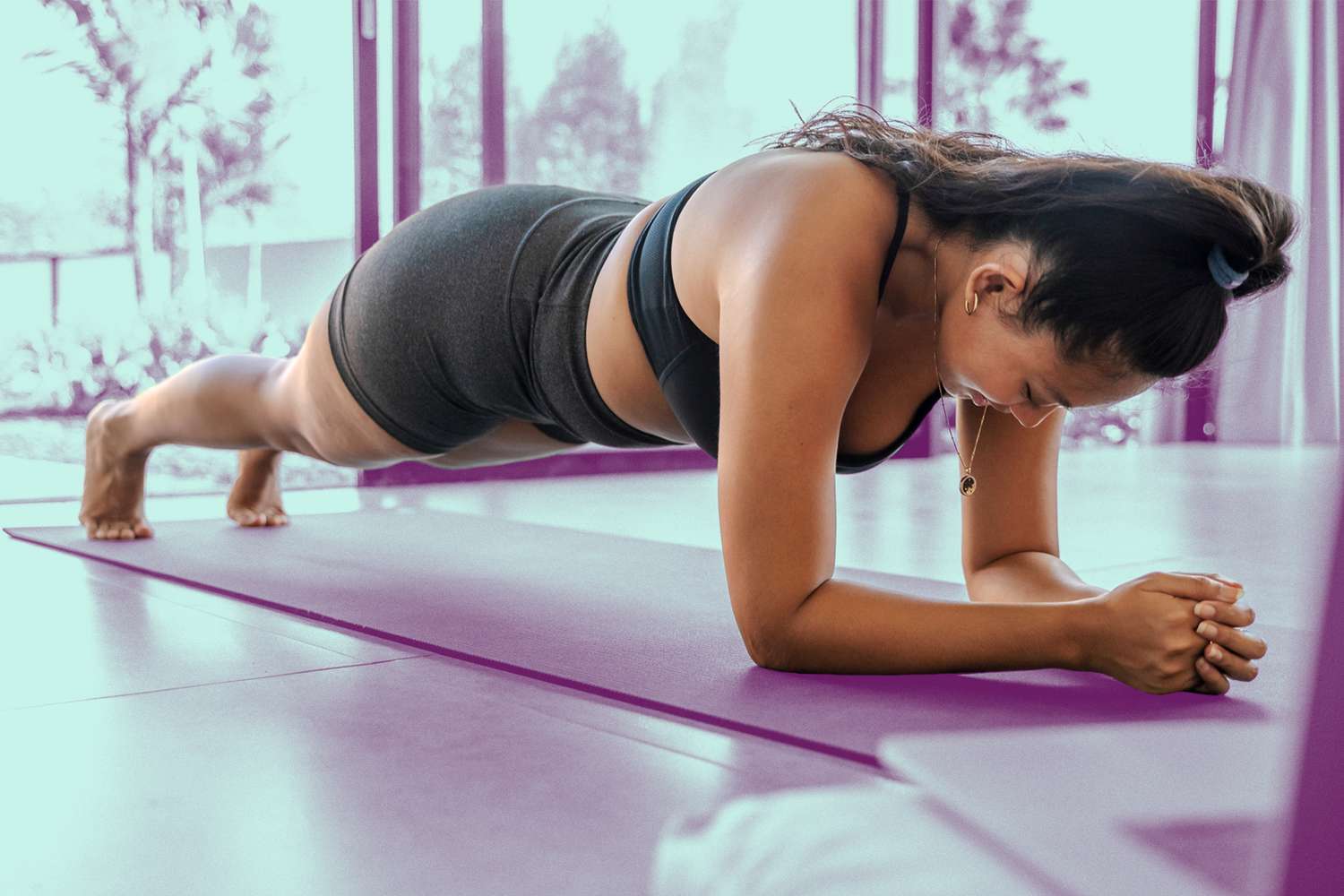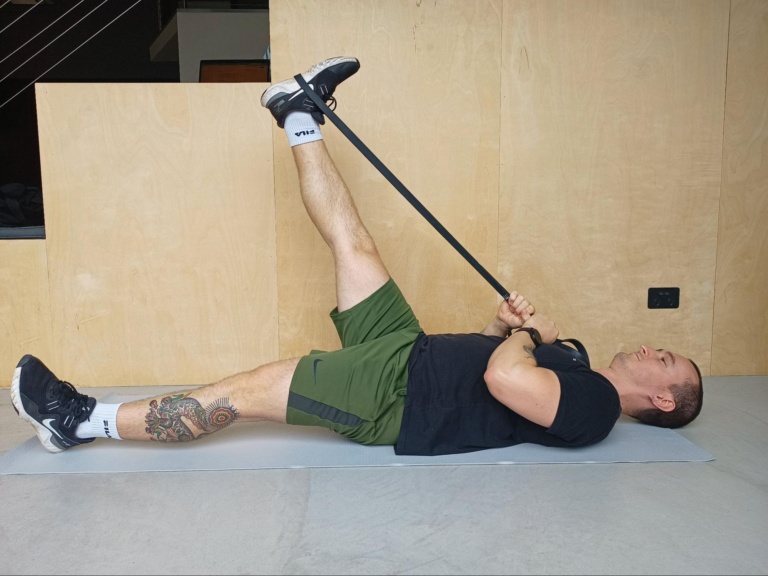Quadriceps tendonitis, characterized by pain at the front of the knee, can be a frustrating condition to deal with. However, with the right approach to rehabilitation, including pain-relieving and strengthening exercises, you can speed up your recovery process and prevent future occurrences.
In this article, we will explore effective exercises for pain relief, strengthening, and flexibility to help you overcome quadriceps tendonitis.
Table of Contents
Quadriceps Tendonitis Exercises
Pain Relief
Isometric exercises, involving static contractions of the muscle, have proven to be effective for pain relief in various tendon-related conditions. While the patella tendon is different from the quadriceps tendon, similar benefits can be derived from isometric exercises targeting the quadriceps portion.
Studies have shown that even a single session of isometric contractions can lead to substantial pain reduction. For instance, performing five sets of 45-second isometric contractions at 70% maximum voluntary contraction can decrease pain from an average of 7/10 to 0/10. This pain relief can last for at least 45 minutes after the exercise session.
To relax the muscle, you can utilize a foam roller or a massage gun. Applying firm pressure or percussive action on the affected area can temporarily reduce muscle tension and provide temporary relief from symptoms. It’s important to remember that individual responses may vary, so it’s advisable to listen to your body and gauge the effectiveness of these techniques for yourself.
To perform isometric contractions, you can use a knee extension machine, a resistance band or wall to push against, or assume a leg press or squat position. Hold the knee against the resistance for 45 seconds at a mid-bend position, take a short break, and repeat the process 4-5 times.
The challenge lies in finding the optimal resistance level that produces the analgesic effect. Begin with a resistance level below your estimated tolerance and gradually increase it over several sessions until you find the ideal resistance.

Strengthening
Recent research has demonstrated that a combination of heavy and slow resistance training, incorporating both eccentric and concentric exercises, yields better results in tendonitis rehabilitation compared to eccentric exercises alone. Previously, there was a tendency to focus on eccentric exercises while neglecting the concentric phase. However, the current approach emphasizes the importance of both components for effective rehabilitation.
To implement this protocol, engage in three strengthening sessions per week. Perform 4 sets of slow repetitions of leg press, hack squat, and squat exercises. Begin with lighter weights, aiming for a maximum of 15 repetitions, and gradually decrease the weight over a 12-week period, eventually reaching 6 repetitions at maximum weight. It’s worth noting that heavy strength training may not be suitable for everyone. However, for a healthy and fit population, this approach has proven to be highly effective.

Stretching and Flexibility
While stretching does not play a significant role in the recovery of tendonitis, it can help prevent future injuries. Ballistic stretching before activity, combined with static stretching, can increase tendon elasticity, improve tendon function, and reduce the risk of injury.
However, in the case of tendonitis, excessive stretching or tight muscles can potentially aggravate symptoms and increase pain. It’s crucial to listen to your body and determine whether stretching provides pain relief or exacerbates discomfort.

The Bottom Line
Quadriceps tendonitis can be a challenging condition, but with the right exercises and approach to rehabilitation, you can alleviate pain, strengthen the affected area, and promote healing. Isometric exercises can provide pain relief, while a combination of heavy and slow resistance training can strengthen the quadriceps tendon effectively.
Remember to start with lower weights and gradually increase intensity over time. Although stretching may not directly contribute to recovery, it can help prevent future tendon injuries. Find the balance between stretching and rest that works best for your body.
Always consult with a healthcare professional or physical therapist to ensure the exercises are suitable for your specific condition. With dedication and consistency, you can overcome quadriceps tendonitis and get back to an active, pain-free lifestyle.